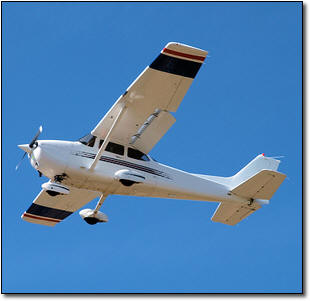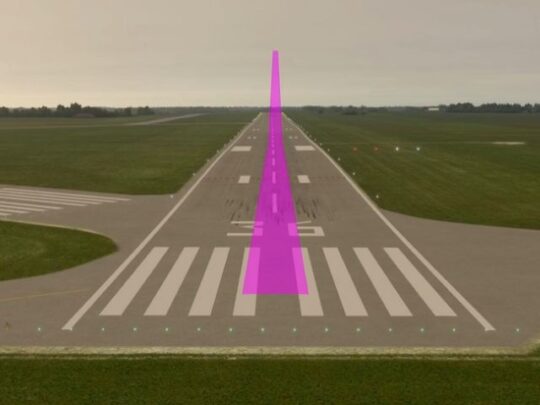Subscriber question:
"I've seen a lot of variations in technique on when to add flaps during a normal VFR approach and at what points (speed, altitude, or position) you should add additional flaps as the approach progresses. Seems like some good rules of thumb might be helpful." -Jan J.
Bob Martens:
“You are wise looking for a standard flow in the traffic pattern. There are enough variables in the landing sequence without adding our own.
 For most GA aircraft there is a precise speed we should be flying on downwind, base and final. Strive to nail that speed! For example purposes, let’s use 80, 70, and 60 knots.
For most GA aircraft there is a precise speed we should be flying on downwind, base and final. Strive to nail that speed! For example purposes, let’s use 80, 70, and 60 knots.
Initially on downwind we will be on altitude in a clean configuration at 80 knots. Abeam the landing point, apply carb heat (if applicable), reduce power to an appropriate setting, and apply one notch of flaps. Lower the nose to maintain 80 knots.
At an approximately 45 degree angle from your landing point, turn base leg. When wings level, select your second notch of flaps and lower the nose to maintain 70 knots.
Turn final to align with the runway and when wings are level, select final flap setting and slow to 60 knots. Lower the nose to maintain airspeed and aim point.
If we simplify the landing pattern, it is literally a gliding descent to landing. Power is always available as necessary, but obviously every time we adjust power we will need to adjust pitch as well. With an initial power setting appropriate to your aircraft, subsequent power changes can be kept to a minimum.
See if this very simple process doesn’t work for you.”

